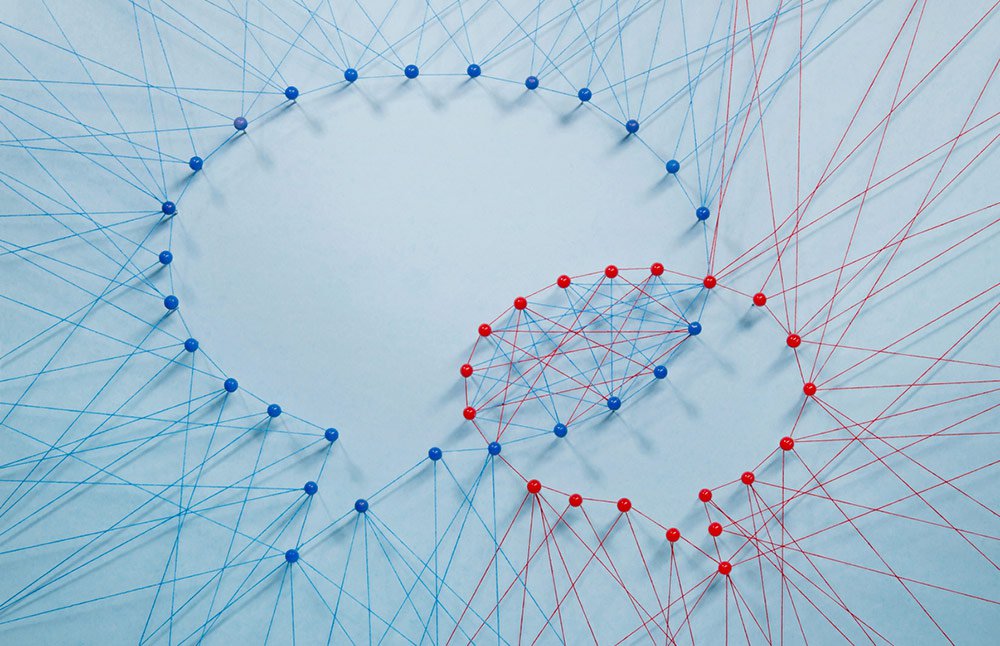For a long time, I’ve started each year with a blog of predictions. I’ve made some good forecasts and missed others. But after last year and the start of this one — I can’t forecast 2021’s events. Nobody can.
What we do know is that the turbulence we’re experiencing will not go away any time soon. There are no quick or easy fixes to any of the challenges we face: we will continue to struggle with COVID-19 and its impact on our health and the economy. We don’t know yet the full fallout from the contentious election season that culminated in an act of sedition on January 6th. We’re still dealing with the upheaval brought by racial injustice and other inequities in our society.
What’s important to me is that people understand that these issues are interconnected and wrapped in a swirl of unpredictable outcomes. As examples,
- COVID-19 affected workplace diversity and inclusion due to differences in jobs and medical care;
- The awful events involving George Floyd, Ahmad Arbery, Brionna Taylor, and others affected not just issues of social justice but connected with the political arena and diversity and inclusion challenges in both our business and private worlds;
- Issues of public health tied to masking and social distancing have generated political turbulence and will continue to do so with the rollout of vaccinations.
Let’s start the year by acknowledging that any ONE of these issues and resulting changes would represent a major stressor on how we live and how we conduct business. And yet we as leaders have to figure out how to get work done with all of this happening at once while maintaining our values and still striving for excellence. What follows are some suggestions to reduce uncertainty and increase teamwork and productivity.
From what we have learned, and especially over 2021, here are four organizational actions for adapting to change in the workplace that will help you stay on track throughout the year:
- Analyze your values and make sure they are linked to daily behaviors—Your organization probably has a set of written values, and that’s an important first step to maintain consistency. But the real issue is how people behave: how do they interpret these values and apply them to shape their everyday actions? To that point, make sure you have described specific actions and behaviors that are consistent (or inconsistent) with your values. Communicate and emphasize these behaviors regularly. Individuals and organizations should also have personal and system-wide measures in place to track how key behaviors are being applied.
- Determine the essence of your enterprise –Why does your organization exist? What niche do you fill for your customers and other stakeholders? Figuring this out will help you make better decisions about how to adapt to external changes even as technologies, needs and capabilities evolve. And getting team members to understand that changes are linked to the enterprise’s mission will make it easier for them to accept.
- Do a lot of listening — Too often we act without listening; we may hear but not absorb. And listening here does not mean debating, distinguishing, diminishing or dismissing what we hear. This kind of listening is used not to win an argument but to learn how events are affecting their work, their personal lives, and their perspective. This kind of deep understanding of what people are going through is critical in formulating appropriate responses and actions by the organization. True listening requires focus, attention, curiosity, and empathy. It can’t be done superficially and is a skill that needs to be developed.
- Embrace reality — Even if the pandemic ended today, it’s extremely unlikely that the workplace will ever be the same as it was “before.” For example, we need to think about how to leverage what we have learned in the past year about working virtually so we can continue to improve. This applies to how we share information and communicate with others; how we learn, mentor, and coach; and generally, how we can establish productive working relationships with people who are very different from ourselves and whom we may rarely if ever see in person.
Most importantly, don’t think of these four efforts as checkboxes you do once and complete. These represent actions you must strive to take every day: acting in ways that are consistent with the organization’s values, fighting distractions that take you away from the organization’s essence; truly listening to what people say; and adapting to change in the workplace rather than yearning for a life that will never come back again.
Yes, the pandemic will end, and other current crises will ease. Eventually. But the world won’t snap back to the “old normal” any more than it did after automobiles arrived and displaced horses. And workplace issues that preceded the pandemic and other seismic events are still going to be there even while we struggle to develop a “new normal.”
Facing Trauma and Learning to Adapt with ELI
To learn more about learning from trauma and adapting to change in the workplace, contact us at ELI or request a demo today.


Very well said. Helpful in sorting out my own perspective in preparation for facilitating others. Thank you
Steve,
This may be your best blog in years. The issues you highlight are essential to the living and breathing of American enterprise in this new and frightening emerging world.